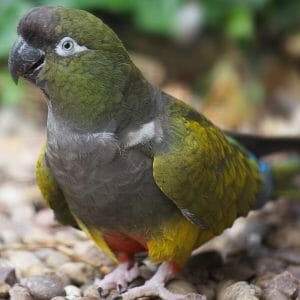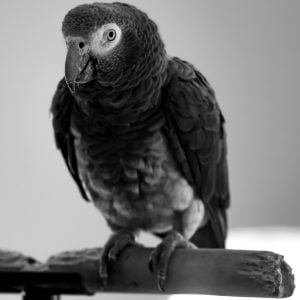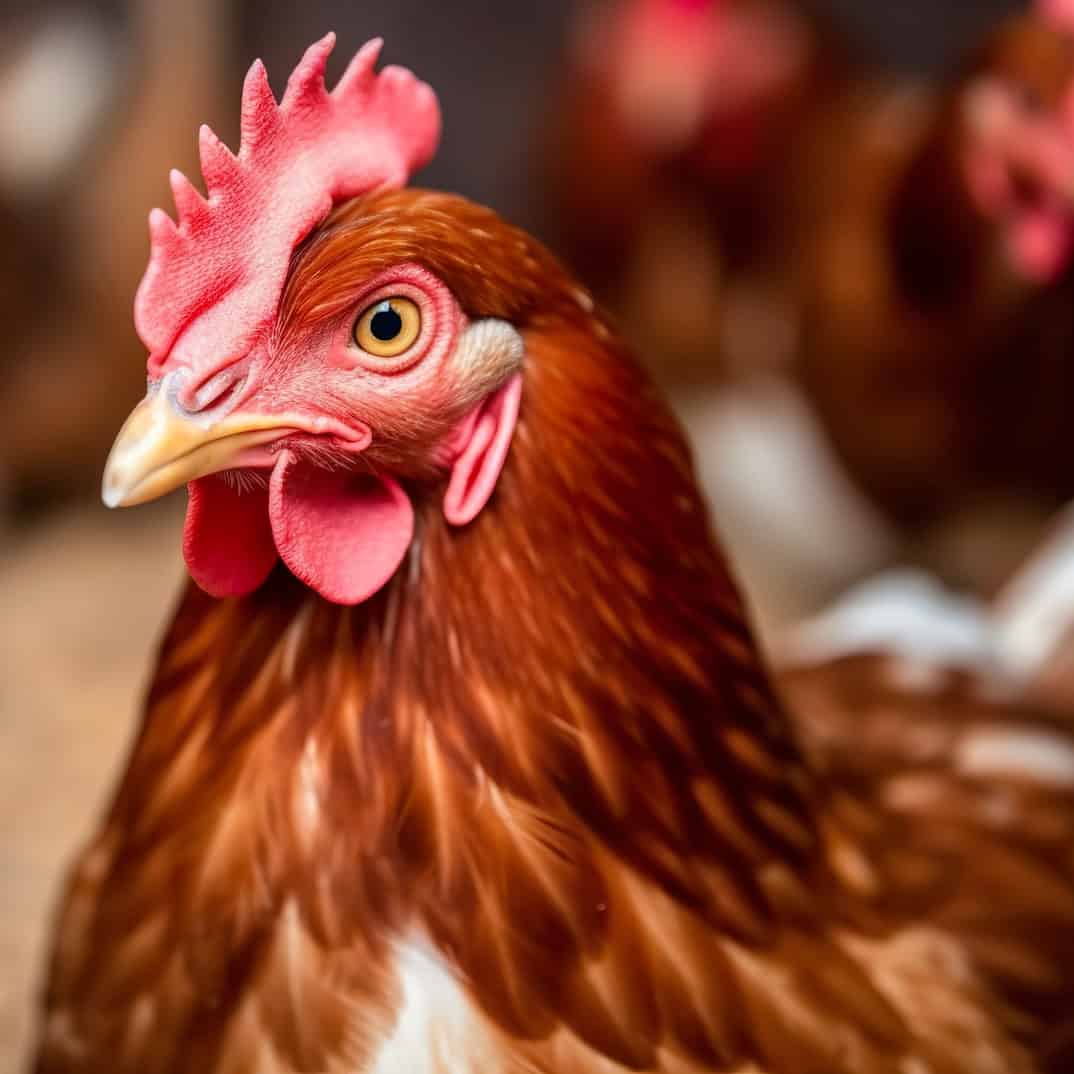
Understanding Avian Leukosis: We Break It Down
Last Updated on by Mitch Rezman
Imagine you’re in a world where chickens have to deal with tiny invisible enemies called viruses.
These viruses can make them sick and cause something called avian leukosis, which is a type of cancer in birds.
Scientists have been studying these viruses for over 100 years to understand how they work, how they spread, and how to stop them.
In this article, we’ll break it all down in a way that’s easy to understand. We’ll talk about how these viruses were discovered, how they affect chickens, and what scientists have done over the years to fight them.
What is Avian Leukosis?
Avian leukosis is a disease in chickens caused by a type of virus called avian leukosis virus (ALV). This virus can make chickens very sick by creating tumors (lumps of abnormal cells) in their bodies. It’s a serious problem for farmers because it can spread from bird to bird and cause big losses in poultry farms.
There are different types of avian leukosis, and some affect the blood, while others attack organs like the liver and spleen. The virus can spread from mother hens to their baby chicks through eggs, or from chicken to chicken through close contact.
The First Discovery of the Virus
A long time ago, in the early 1900s, two scientists from Denmark named Vilhelm Ellermann and Oluf Bang were studying sick chickens. They figured out that the sickness was caused by a virus, even though nobody knew much about viruses back then.
Another scientist, Peyton Rous, made a big discovery in 1910 when he showed that a type of cancer in chickens (called sarcoma) could be passed from one bird to another using a tiny virus. It took nearly 60 years for people to realize how important his discovery was, and in 1966, he won a Nobel Prize, which is a huge award for scientists.
Why Do Farmers Care About Avian Leukosis?
If a farmer has 1,000 chickens and many of them get avian leukosis, it means:
- Some chickens will get very sick and might not survive.
- Chickens that are sick might lay fewer eggs.
- The disease can spread to other birds, making it hard to stop.
- The farmer might lose a lot of money because sick chickens can’t be sold.
That’s why scientists have worked hard to figure out how to stop the virus from spreading and keep chickens healthy.
How the Virus Spreads
The virus can move from one bird to another in three ways:
- Through eggs – If a mother hen has the virus, she can pass it to her baby chicks before they even hatch.
- Through close contact – Chickens that live together can spread the virus by touching each other or by sharing food and water.
- Through genetics – Some chickens are born with pieces of the virus inside their DNA, meaning the virus is already in their body from birth.
Because of these different ways of spreading the virus, stopping it can be really difficult.
How Scientists Have Studied Avian Leukosis Over the Years
The Early Years (1940 – 1969): Learning How the Virus Works
In the 1940s, scientists started running tests to see how the virus spread and how it affected chickens. They figured out that some chickens were more likely to get sick than others, depending on their genes.
They also found out that the virus could hide inside a chicken’s body without making them sick right away, but later, it could suddenly start causing tumors. This made it even trickier to stop.
The 1970s: Discovering Reverse Transcriptase
In the 1970s, two scientists, Howard Temin and David Baltimore, made a groundbreaking discovery. They found an enzyme (a special kind of protein) called reverse transcriptase. This enzyme helps the virus copy itself inside a chicken’s body. Their discovery was so important that they won a Nobel Prize in 1975!
The 1980s: Understanding How the Virus Causes Cancer
By the 1980s, scientists learned that the virus could change a chicken’s DNA, causing it to grow tumors. They found special genes called oncogenes that help tumors grow. This was a big deal because it helped scientists understand how cancer works, not just in chickens, but also in people.
They also discovered that some chickens have natural resistance to the virus, meaning their bodies could fight it off better than others. This was exciting because it meant farmers could start breeding chickens that were stronger and less likely to get sick.
The 1990s: A New Enemy Appears – ALV-J
Just when scientists thought they had everything under control, a new version of the virus showed up in the late 1980s and early 1990s. It was called ALV-J, and it mostly affected meat-type chickens (the ones raised for food, not eggs).
ALV-J was different from other versions of the virus because:
- It causes tumors in different parts of the body.
- It spread faster and was harder to stop.
- It affected chicken breeds that were usually safe from the virus.
Because of this, scientists had to come up with new ways to stop it.
The 2000s to Today: Fighting the Virus
Since 2000, scientists have worked hard to remove the virus from farms. They have used special tests to find sick chickens before they can spread the virus.
Today, some countries have successfully eliminated ALV-J from their chicken farms, but in others, the virus is still a problem. In places like China, the virus has continued to spread, and scientists are still working on ways to stop it.
What’s Next? The Future of Avian Leukosis Research
Even though we know a lot about avian leukosis now, scientists still have more to learn. Some of the big questions they’re working on include:
- Can we create a vaccine to stop the virus?
- Can we breed chickens that are completely resistant to the virus?
- Can we find better ways to detect the virus early before it spreads?
With new technology, like DNA sequencing and gene editing, scientists are hopeful that one day they might completely get rid of avian leukosis from poultry farms around the world.
Final Thoughts
Avian leukosis is a tricky disease that has been around for over 100 years. It has caused a lot of problems for chickens and farmers, but thanks to hardworking scientists, we now understand it better than ever.
By studying how the virus spreads and how it causes tumors, scientists have helped control the disease and make chickens healthier. While the virus is still a problem in some places, discoveries are being made every year, bringing us closer to a world where avian leukosis is no longer a threat.
So, the next time you see a chicken, remember—scientists have spent decades making sure it’s healthy and strong! ✨
Author Profile
Latest entries
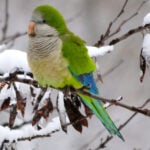 The Traveling BirdJune 26, 2025Can You Name 5 Parrot Species That Are Living Wild in the USA?
The Traveling BirdJune 26, 2025Can You Name 5 Parrot Species That Are Living Wild in the USA?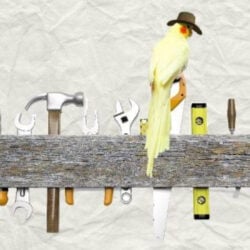 Bird BehaviorJune 26, 2025How is it Parrots Are Problem Solvers Social Animals and Even Use Tools?
Bird BehaviorJune 26, 2025How is it Parrots Are Problem Solvers Social Animals and Even Use Tools?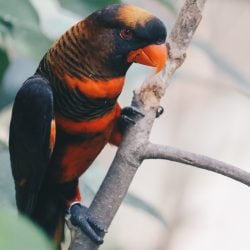 Bird & Parrot AnatomyJune 25, 2025How a Tiny Chemical Modification Makes Parrots Nature’s Living Paintings
Bird & Parrot AnatomyJune 25, 2025How a Tiny Chemical Modification Makes Parrots Nature’s Living Paintings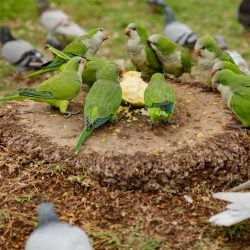 PigeonsJune 20, 2025How Do Parrots Thrive in Cities Outside Their Native Habitats?
PigeonsJune 20, 2025How Do Parrots Thrive in Cities Outside Their Native Habitats?

